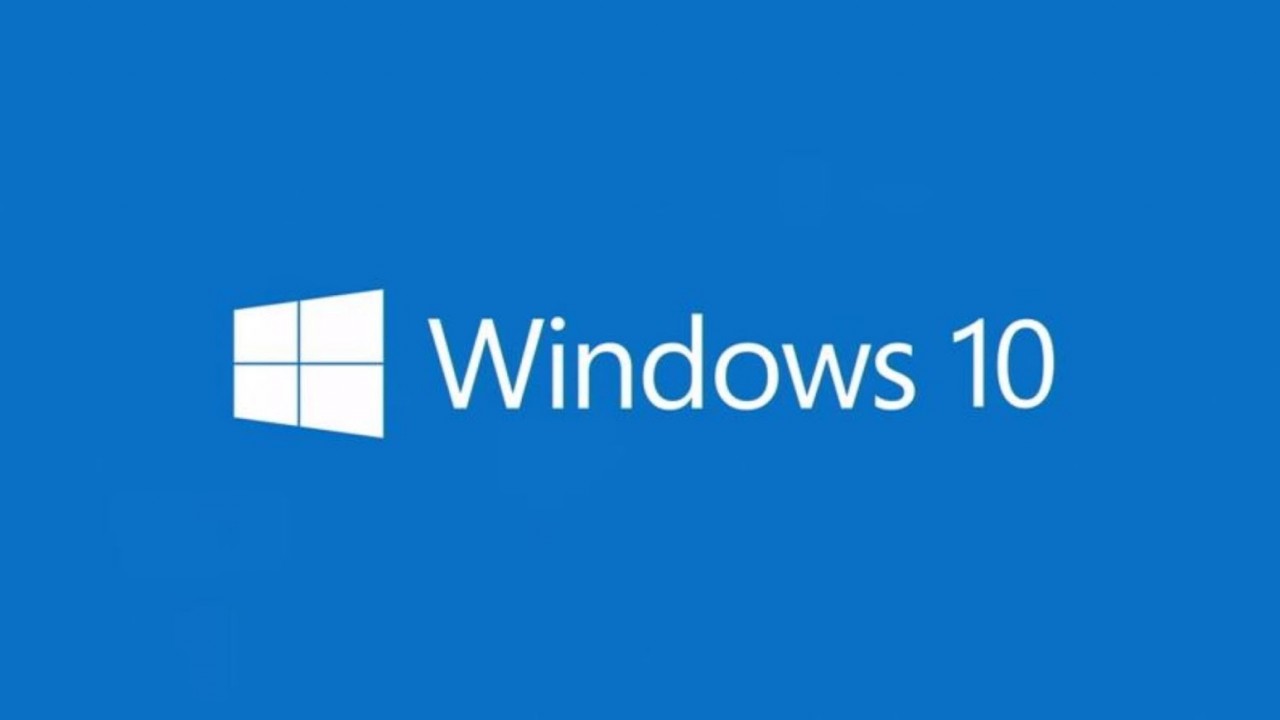Microsoft Officially Ends Its Controversial Windows 10 Upgrade Practices
It has been more than a year since Microsoft released Windows 10 and the company is finally closing the book on its controversial update practices. With the release of Windows 10, the company began prompting Windows 7 and 8.1 users that they could update for free as a way to increase the adoption rate of the OS.
By placing a popup on the desktop, Microsoft was using ‘nagware’ to try and entice users to upgrade to the new OS. The company went as far as to downloading the bits in the background ahead of a user accepting the upgrade so that the process of installation would go faster once they finally agreed. Of course, this angered user as they were giving up hard drive space for files they did not want and anyone on a metered connection would have a significant amount of data utilized as well.
The company has recently stopped using the popup on the desktop with the release of the Anniversary update back in July. At that time, the company ended the free upgrade offer but the application remained on the user’s PC.
Microsoft has released KB 3184143, spotted by Mary Jo Foley, that removes the nagware from Windows 7 and 8.1; this officially ends the controversial update practices Microsoft started with the release of Windows 10.
At last official release, Microsoft said that there were over 350 million users running Windows 10 but that figure was announced in late June. With Ignite happening next week, the company will hopefully provide an update to this figure.
Seeing as Windows 10 is no longer free, it is expected that the adopting rate of the OS will slow significantly. But, with a couple hundred million new PCs being sold each year with Windows 10 and the enterprise slowly starting to move to the OS, the adoption rate will continue to climb at a decent rate. That being said, Windows 7 still holds nearly 50% of the PC market but Windows 10 is catching up with around 25%.




